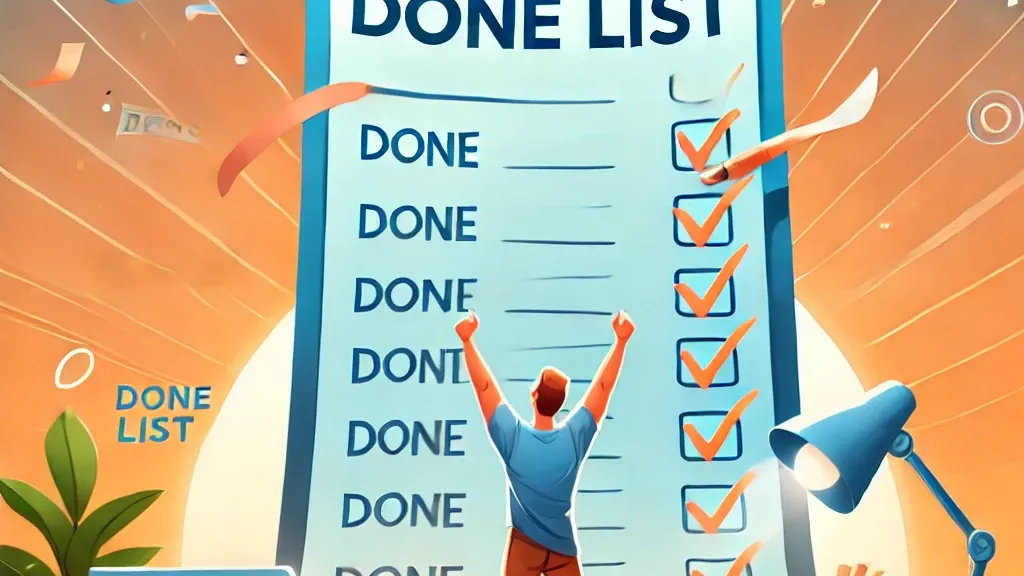scrapfellow.com – Consistency is key to artistic growth, but staying committed to a daily art practice can be challenging. Whether you’re a professional artist or a hobbyist, having a structured daily art schedule can help improve productivity, creativity, and skill development. Here’s how to create an effective art schedule that works for you.
1. Set Clear Goals for Your Art Practice
Before structuring your schedule, define your artistic goals. Are you trying to complete a painting every week? Improve anatomy drawing? Build a portfolio? Having a clear purpose will help you prioritize your time efficiently.
Example Goals:
- Finish one digital illustration per week
- Improve sketching speed by drawing for 30 minutes daily
- Practice a new technique every day
2. Determine Your Best Creative Hours
Everyone has different energy levels throughout the day. Identify when you feel the most creative and focused. Some artists are more productive in the morning, while others thrive at night.
- Morning Artists: Fresh mind, fewer distractions
- Night Artists: Quiet environment, relaxed mindset
- Afternoon Artists: Balanced between structure and creativity
Schedule your most important or complex art tasks during these peak hours.
3. Structure Your Daily Art Routine
A well-structured schedule should balance creative work, practice, and breaks. Here’s an example of a daily art schedule:
Example Art Schedule:
✅ 9:00 AM – 9:30 AM: Warm-up sketches (gesture drawing, doodling)
✅ 9:30 AM – 12:00 PM: Focused work on a project (painting, illustration, commission work)
✅ 12:00 PM – 1:00 PM: Break (eat, stretch, step outside)
✅ 1:00 PM – 2:00 PM: Art studies (color theory, anatomy, perspective)
✅ 2:00 PM – 3:00 PM: Experimentation & personal projects
✅ 3:00 PM – 4:00 PM: Marketing tasks (posting art online, answering inquiries)
This is just an example—you can adjust the time slots based on your needs. The key is consistency and balancing creativity with efficiency.
4. Use Productivity Techniques
To stay focused and make the most of your art time, try these techniques:
- Pomodoro Technique: Work in 25-minute focused sprints with 5-minute breaks.
- Time Blocking: Set specific time slots for different art-related tasks.
- Habit Stacking: Attach your art practice to an existing habit (e.g., sketching while drinking coffee).
5. Minimize Distractions
Distractions can ruin a great art session. Create a workspace that helps you focus:
- Keep your desk organized
- Use noise-canceling headphones or calming music
- Put your phone on “Do Not Disturb” mode
- Inform those around you of your dedicated art time
6. Track Progress and Adjust as Needed
Review your schedule weekly to see what’s working and what’s not. If you feel burned out, lighten your schedule. If you’re progressing well, challenge yourself with longer art sessions.
Ways to Track Progress:
- Keep a sketchbook or art journal
- Set small weekly challenges
- Reflect on what techniques have improved
7. Stay Inspired and Make It Enjoyable
A schedule should help, not feel like a chore. Stay motivated by:
- Trying new art styles and techniques
- Rewarding yourself after completing an artwork
- Joining art communities for inspiration and feedback
Final Thoughts
Creating a daily art schedule helps build discipline and improves consistency. Start small, stay flexible, and make time for both learning and creating. Over time, this habit will transform your art skills and productivity.





